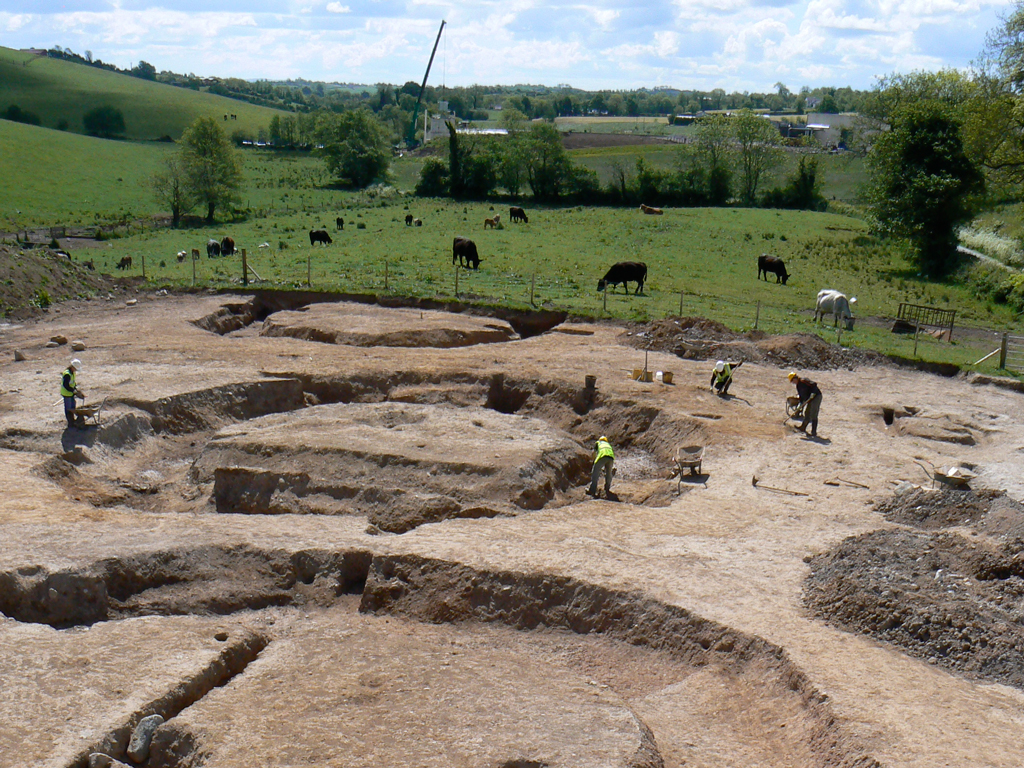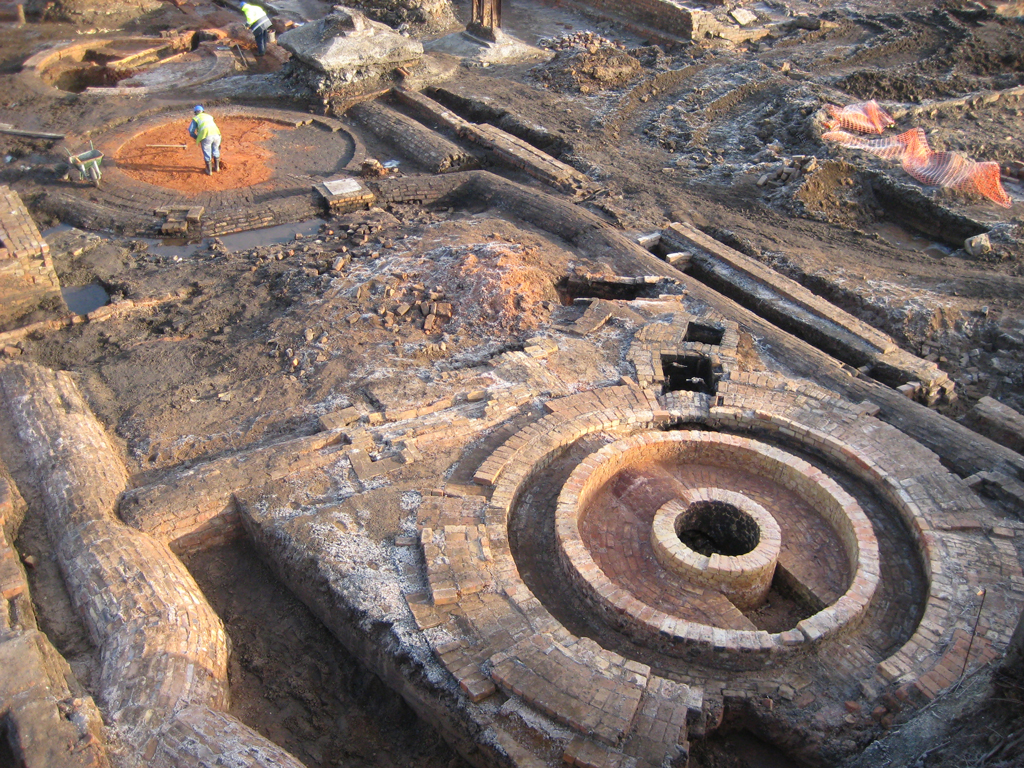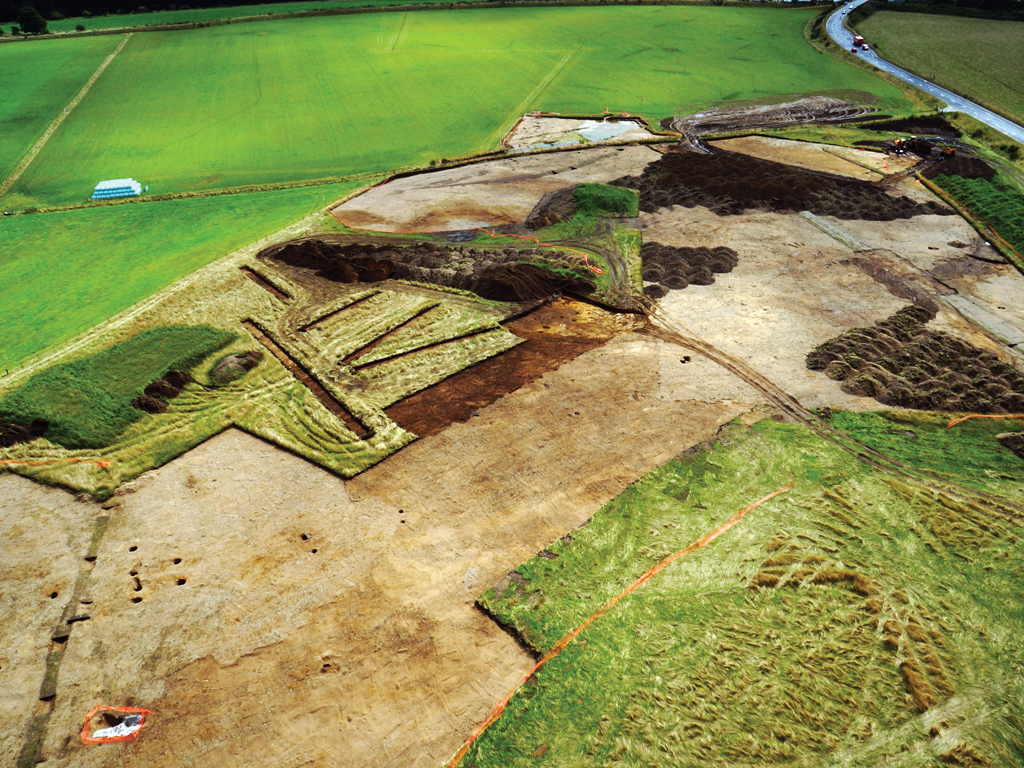Developers are often asked to undertake a ‘programme of archaeological works’ as part of planning consent. Increasingly, developers are being asked to carry out surveys before planning if the local authority considers there are archaeological issues. A site evaluation is the first stage in a programme of works and we see this as the most important stage in any archaeological project. It is here that we first establish archaeological risk and we use the results of the evaluation to measure the impact on the development in terms of time and cost. If done at an early stage, clients can weigh up their options. This might include whether to design around archaeological hot-spots or record and excavate any archaeological remains before construction. Both have time and cost implications and we can support and advise clients in their choice.
Some developments have known archaeological sites within them, like those visible by aerial photography or which survive as upstanding remains. It is often possible to preserve these sites by leaving them in-situ. Wind farms, with their flexible layout, are particularly good for this approach. However, most archaeological sites are not known and lie buried beneath the ground.
Unexpected discoveries once construction has started lead to time delays and cost implications while they are recorded and excavated. Not knowing what’s out there is a risk for our clients and so our job is establish exactly what survives beneath the ground before it becomes a problem.
There are a number of ways to evaluate a site, the most common of which is trial trenching. Other methods may include geophysics or geoarchaeology, depending on the nature and location of the development site. On completion of site work, we present the results in a concise report and then we work closely with our clients to assess the potential impact of the development on the archaeological remains as identified in our evaluation. We can offer pragmatic solutions and the most cost-effective mitigation strategies to minimise risk during construction.






